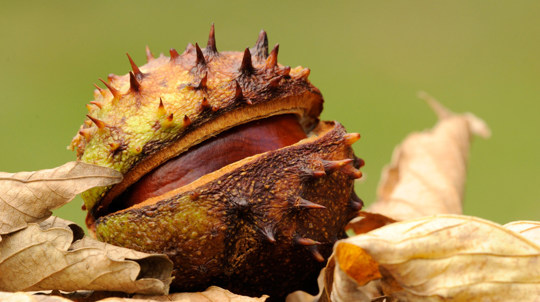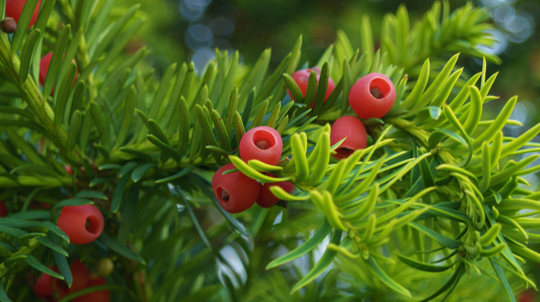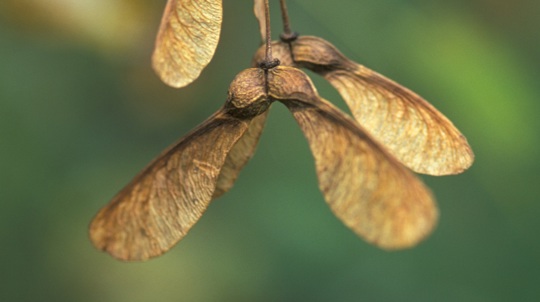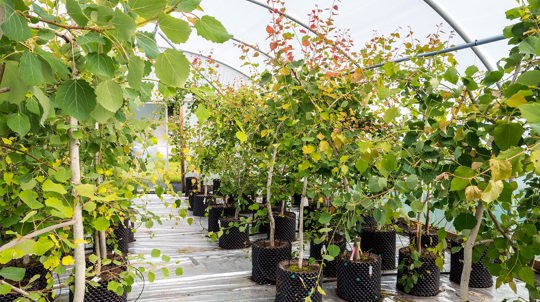The Climate Change Committee have announced that woodland cover in the UK needs to increase from the current 13% to 19% by 2050 in order to reach our national carbon net zero commitment. Natural regeneration can aid rapid woodland creation, particularly when tree nurseries are unable to supply enough bio-secure tree planting stock to meet demand.
Natural regeneration
We plant millions of native trees every year, but planting is just one way to help the UK's woodlands expand. Allowing nature to take its course is also an effective and efficient method of getting more trees in the ground.

What is natural regeneration?
The UK needs more trees. We plant millions of native trees every year, but planting is just one way to help the UK's woodlands expand. Allowing nature to take its course is also an effective and efficient method of increasing tree cover.
Natural processes for woodland creation encompass both natural regeneration and natural colonisation. The terms natural regeneration and natural colonisation are sometimes used interchangeably but natural regeneration is where woodland re-establishes through seed dispersal or suckering (where shoots or sprouts grow directly from the root or stem of a mature plant) within already established woodland or on land that has only very recently been deforested (i.e. to restock a felled forestry compartment). Natural colonisation is the process by which trees and shrubs self-seed or sucker and spread onto previously unwooded land, making it a greater interest for woodland expansion.
Given the right conditions, most trees and shrubs are very good at creating woodland through natural processes! There are a number of reasons for this:
- Trees are large and long-lived which means they produce a high volume of pollen and seeds every year, increasing their chances of reproducing.
- Tree seeds can disperse great distances (either by wind, water or via birds or other animals).
- Large population sizes mean that many offspring are produced, each with unique traits. This gives lots of opportunity for natural selection and the ‘survival of the fittest’.
- In many cases, trees and shrubs readily colonise land if allowed to do so.
Is it a new concept?
Natural regeneration is as old as woodland itself. It is how trees have reproduced, unassisted by people, throughout their millions of years of evolution. Yet, when establishing woodland in the UK, planting is the cultural norm. This isn’t the case across mainland Europe. There, foresters define two types of tree establishment:
- Artificial regeneration – planting seed or saplings
- Natural regeneration – the renewal by natural seeding (self-sown seed), sprouting, suckering or layering.
In recent British history, natural processes have been allowed to happen in some places, but it has often been a side-effect of land abandonment rather than an active decision to create woodland (for example due to the reduction in traditional grazing of heaths and commons).
In the past, natural regeneration of scrub and woodland has been viewed by some in a negative light, due to its association with neglect. However, the problems of biodiversity loss and climate change have now come to crisis point. We urgently need to start enacting the solutions, and we know that expanding tree cover will be a major one, with enabling more natural processes being a huge part of this.
Is there still a place for tree planting?
Natural regeneration versus planting doesn’t need to be a binary choice. Tree planting has its own advantages and will remain an important part of what we do here at the Woodland Trust. If we are to meet the Government’s target for net zero emissions by 2050 and the amount of woodland expansion required, we will have to draw on every method and tool available to us. This will include both a massive increase in tree planting efforts, and an unprecedented upsurge in the use of natural regeneration.
The TreE PlaNat research project, led by the University of Stirling with Woodland Trust as a key partner, explored the whole spectrum of woodland creation methods from planting through to natural processes. We found significant benefit in hybrid approaches which blend the two processes.
What are the benefits of natural regeneration?
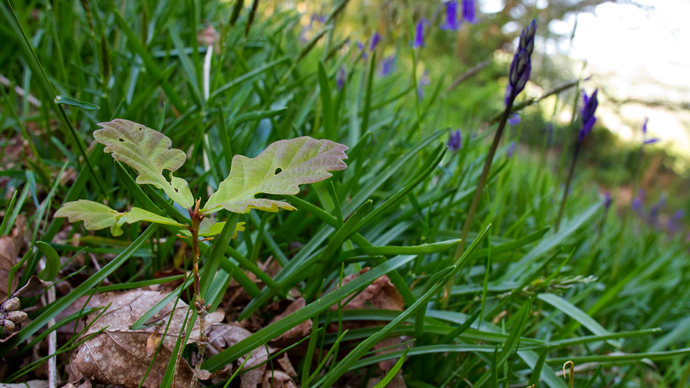
Credit: Richard Becker / Alamy Stock Photo
Enhanced adaptation potential
Scientific evidence shows that the UK’s native tree species have a wide range of genetic diversity. Naturally regenerated trees show adaptation to locally prevalent environmental conditions such as drought, often surviving better than planted trees. New generations of trees are the offspring of those already thriving in the local area, making woodlands more resilient to a changing climate, pests and diseases.

Credit: Matt Berry / WTML
Diverse ecosystems
Natural regeneration can create more natural landscapes with more diverse structure, which can be far more beneficial for wildlife. Naturally regenerating trees are likely to have more beneficial mycorrhizal (root) fungi, which may help with water and soil nutrient uptake, and sharing resources between trees.
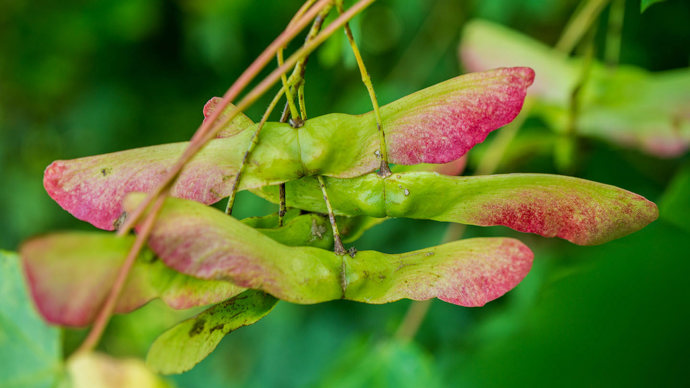
Credit: Ben Lee / WTML
Low biosecurity risk
Importing tree planting stock from overseas carries with it the risk of introducing pests and diseases to the UK. To avoid this, we advocate for the planting of UK and Ireland Sourced and Grown trees, however there is not enough nursery stock to meet woodland expansion targets. Allowing trees to self-seed is another means of reaching these targets without resorting to importing from abroad.
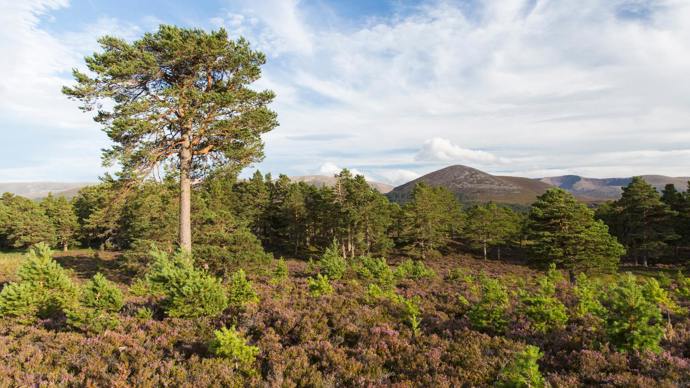
Credit: Scotland: The Big Picture / naturepl.com
Cheap and sustainable
Natural regeneration can be cheaper and involve fewer plastic tree guards than planted trees. In many areas of the UK, trees have the potential to plant themselves in their millions over as large an area of land as we are willing to commit to reforestation, as long as pressures like high herbivore pressure from deer are reduced. In some cases, the benefits of natural regeneration can be combined with planting to increase diversity when species have been lost from a site.
Where has natural regeneration been successful?
Large-scale and long-term studies on natural regeneration in the UK are lacking. But there are some examples where evidence has been collected.
Rothamstead
Two experimental plots near the Rothamstead Research Centre in Hertfordshire were abandoned to nature in the 1880s after being farmed for centuries. The progress of the sites has been monitored ever since, and they now both support woodland. Interestingly, the two woods are dominated by different tree species because the sites are on different types of soil – a perfect example of how the most suitable trees for a site will plant themselves.
Monks Wood Wilderness
In Cambridgeshire, an arable field next to an ancient woodland was experimentally abandoned in 1961. The adjacent woodland provided an ideal seed source, and within 30 years the field had transformed into a mixed woodland with oak, ash and many other species.
The Roughs
In Northamptonshire an old wartime airfield was abandoned and allowed to return to nature in 1948. After 56 years it had not developed into closed canopy woodland; it had extensive scrub with patches of trees alongside areas of thick grassland. Rigorous ecological surveys showed it was home to a higher number of different wildlife species than any of the surrounding land including woodland, arable and set-aside.
Knepp Estate
Perhaps the most famous example of natural regeneration in action has taken place relatively recently at the Knepp Estate in Sussex. In 2001 the previously conventional arable and dairy farm was taken out of intensive farming and grazing animals were introduced. Some of the most dramatic wildlife conservation success stories ensued. The natural regeneration of scrubland led to the return of turtle doves, nightingales and purple emperor butterflies – species which are on the brink of vanishing from the rest of our countryside. This site is large, and demonstrates what can be achieved when natural regeneration is employed at scale.
For more case studies from across the UK, explore our TreE PlaNat research project.
What are the barriers to natural regeneration?
Natural regeneration is prevented by physical and ecological barriers. These can include:
- Ploughing of arable land
- Mowing of lawns, road verges and parks
- Intensive livestock grazing
- High abundance of native and non-native deer
- Thick grass sward preventing seeds reaching the soil
- Lack of nearby trees to provide a source of seed.
These barriers can be emotionally, politically and financially driven. Humans like to exert control over the landscape, as our ancestors have done for millennia. The land has always provided for our needs, and the idea of allowing land out of food production can at first feel like an unacceptable waste. The traditional view of scrub as ‘wasteland’ reflects those values.
But our land does so much more for us than just producing food. Scrub and woodland are simply a different form of land use, providing the vital services of storing carbon and supporting biodiversity. Natural regeneration also requires patience – it is tempting to get stuck in with planting to speed things up.
Support for landowners
While naturally regenerated trees can plant themselves for free, the land being converted will be coming out of production, reducing the landowner’s income. There may also be other costs involved, such as fencing or deer management. This would be the same for a landowner creating woodland by planting trees. Following advocacy by Woodland Trust and others, there are now grants available to support landowners to undertake woodland creation via natural regeneration in England and Scotland.
There are currently no specific woodland creation targets for natural processes and specific incentives for landowners to choose this method are limited to certain regions of the UK.
See natural regeneration at work in our woods
Glen Finglas, Brig o'Turk
Glen Finglas estate is the largest site in our care and demonstrates how natural regeneration can be used at scale in vast landscapes. It already boasts a mosaic of woodland, open-grown trees and open ground – a habitat type known as wood pasture. Our long-term vision is to allow woodland cover and open ground to expand and contract over time in response to natural processes, by balancing natural regeneration with just the right intensity of grazing.
Heartwood Forest, St Albans
At Heartwood, natural regeneration has been used to create wooded buffer zones around patches of ancient woodland, to expand the woodland habitat and protect the precious ancient core from outside impacts. This means the new trees are benefitting from hundreds, if not thousands of years of local adaptation to that site, since they are the offspring of the ancient woods themselves. In addition, tree planting with tens of thousands of volunteers has led Heartwood Forest to become England’s largest area of uninterrupted woodland, and wildlife is now booming here.
Hucking Estate, Kent
Hucking Estate is a mixture of 75ha of ancient woodland and 140ha of secondary woodland including both planted and naturally regenerated areas. The aim for this site is to create secondary woodland using natural regeneration at a scale rarely seen in southern England. This will provide opportunities for nature to express itself and assist greater species movement through the landscape.
Pepper Wood & Fairfield Forest, Midlands
Fairfield Forest, a woodland creation extension to the existing ancient woodland Pepper Wood, has a diverse woodland creation design which plans to combine planting, direct seeding and natural processes. It offered the opportunity to test a number of different ground preparation techniques for facilitating natural processes and houses a long-term experiment exploring this.
Delve deeper into our work
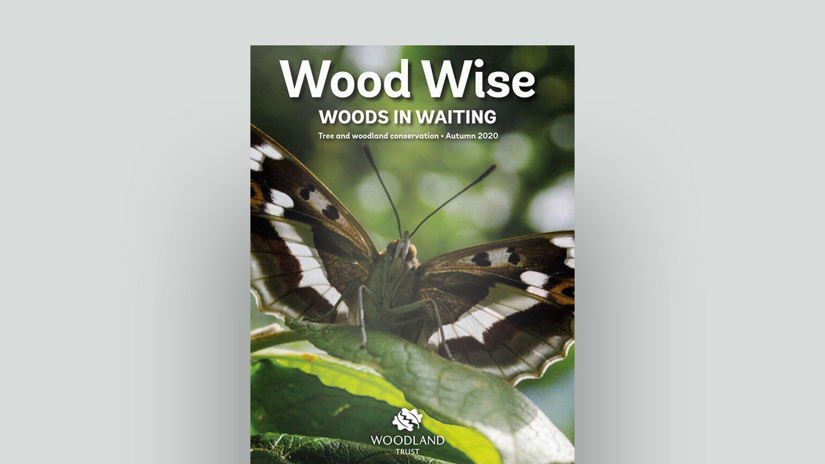
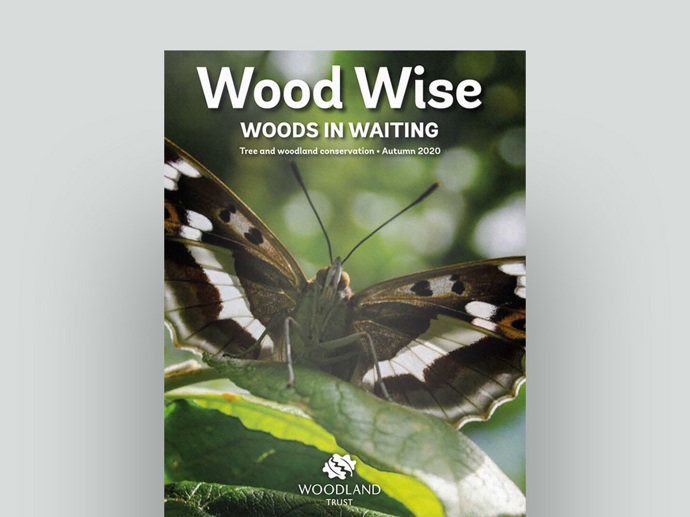
Wood Wise - woods in waiting
PDF (5.28 MB)
Read the autumn 2020 issue of Wood Wise, our tree and woodland conservation magazine, which discusses the importance of natural regeneration for expanding tree and woodland cover in the UK.


